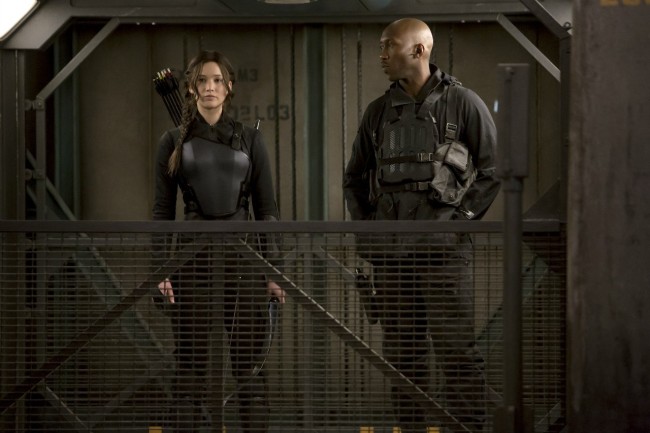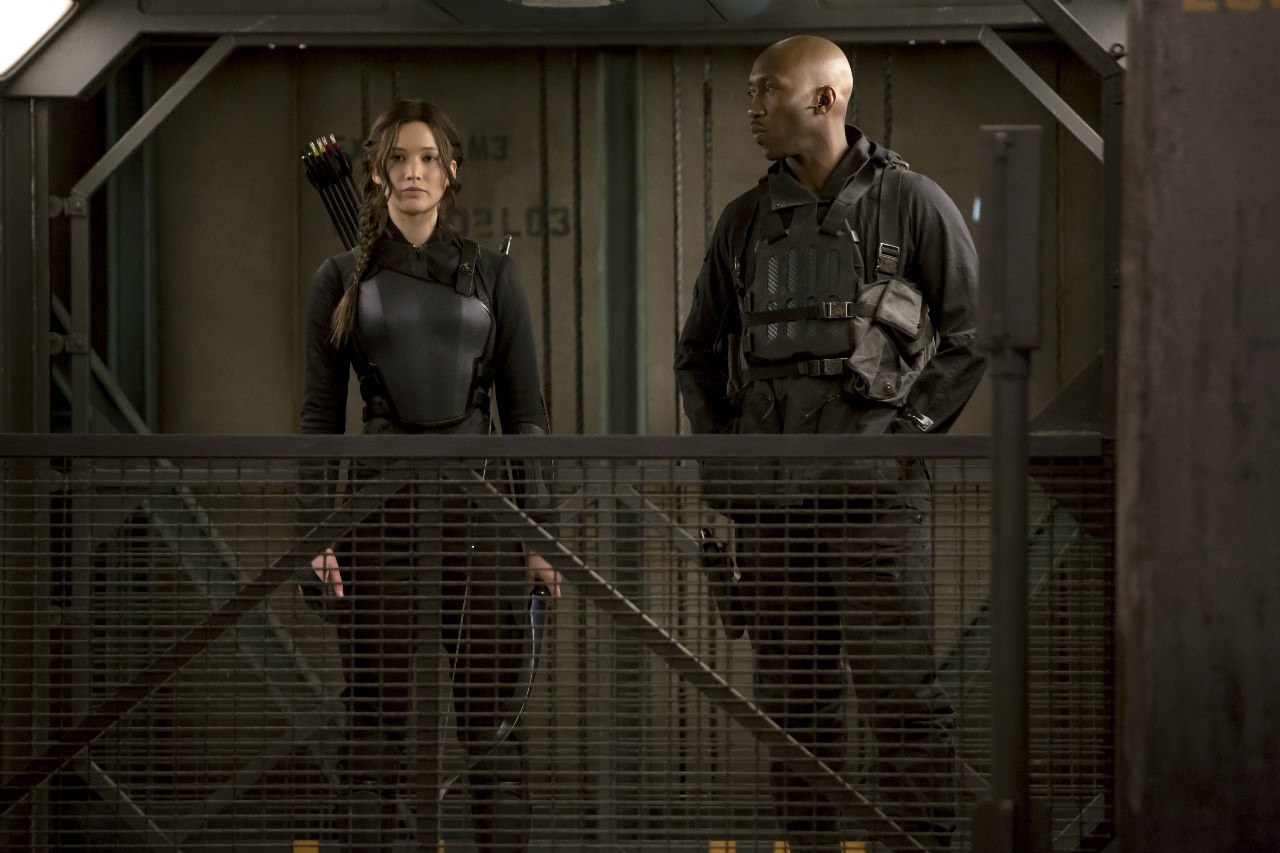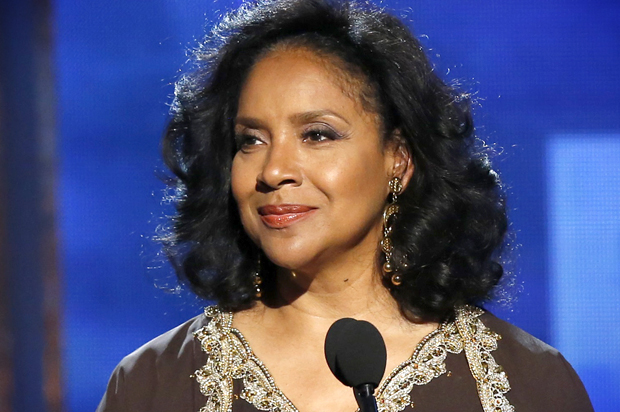

(SPOILER ALERT)
The mammy figure has been a constant figure in film, beginning with actress Jennie Lee as “Mammy” in the very first American feature length film, D.W. Griffith’s controversial The Birth of a Nation (1915).
So, it is only natural the critically acclaimed Hunger Games Series, with its tale of inequality, suffering, and the blossoming of an unlikely hero would have a Mammy figure to act as the quintessential paragon of empowerment to Katniss Everdeen (Jennifer Lawrence).
In The Hunger Games, the Mammy figure is subtle and altered, but still present in the faces of 12-year-old Rue (Amandla Stenberg), Boggs (Mahershala Ali) and Commander Paylor (Patina Miller).
Rue, who’s name also means regret or sorrow, is a source of solace and love for Katniss, as well as a catalyst to Katniss’s first rebellious act, which ultimately leads to the war that frees Panem.
At Rue’s death, Katniss makes the first statement that is meant to make the Capitol know that the “Tributes” are not television characters, but living, breathing beings that deserve respect and the comfort found in life’s daily pursuits. Katniss states:
“I want to do something, right here, right now, to shame them, to make them accountable, to show the Capitol that whatever they do or force us to do that there is a part of every tribute they can’t own. That Rue was more than a piece in their Games. And so am I.”
As Katniss’s star power becomes more important to the second rebellion than her combat skills, hunter prowess, or even her life, it is determined that her death would be the ultimate tool to ensure the rebellion’s success.
The realization of this factor, coupled with Katniss’s wariness of the fallacious President Coin, causes Katniss to devise her own plan that will lead to the liberation of all of Panem.
In her plight, an unlikely ally presents himself in the form of Boggs, who is introduced as President Coin’s right hand man. Early on in their introduction, Boggs acts as Katniss’s personal body guard and opposes his leader, President Coin, in his defense of Katniss. In a world where Katniss is thought to be a symbol of hope and glory, Boggs sees a woman who has earned rest and respite from her constant struggles, promising that he will not allow Katniss to be sacrificed as a martyr. Boggs states:
“But that’s not going to happen under my watch, Soldier Everdeen. I’m planning for you to have a long life, because you’ve earned it.”
Not living to see the liberation of Panem, Boggs sacrifices himself for the sake of Katniss’s cause and like Rue before him, becomes a luminary to Katniss in her final battle for the liberation of Panem. In this battle, Boggs is an embodiment of the self-sacrificing Mammy figure, though in a man’s body.
In the intense, courageous, authoritative, and capable Commander Paylor, audiences see the asexual and potentially hostile mammy figure that, like the others, ultimately guides Katniss to the ultimate truth. As if intuitively knowing Katniss’s inner wishes, Commander Paylor acts as a conduit for Katniss to find the truth about President Coin, which leads to the paramount liberation of Panem.
Ironically, the black faces which caused so much angst, distress, and criticism from factions of Hunger Game fans were the very same faces that provided comfort to Katniss as she sought out encouragement, empowerment, and retribution in the film. Ultimately these black characters led her to free Panem from its oppressive rule and the equally oppressive successor.
What makes Hunger Games so distinct from its predecessors in the use of “mammy” is that instead of standing in the shadows, Mammy mounted the altar and was sworn in as President of a united and free Panem. But, is the ascension of the Mammy figure progress or regress? Is the mammy figure still needed, even in science-fiction? If so, then racist tweets against black stars may be the least of our worries.
This post was written by Reginald Calhoun. He is a senior Mass Media Arts major at Clark Atlanta University. Follow him on Twitter @IRMarsean and on Instagram @Les_geaux_jawn.








